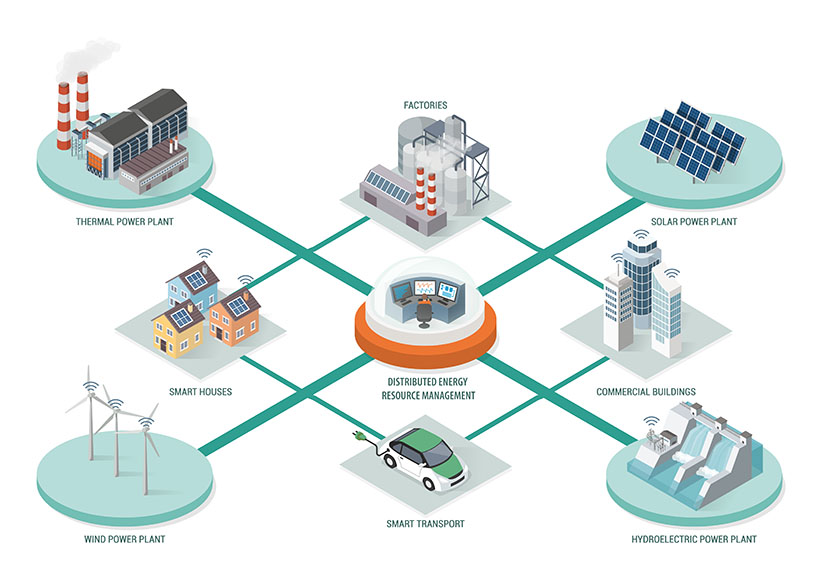
4 Degrees of (Climate) Change
“I want to see them burn, its only 4 degrees”
– ANOHNI, on the song 4 Degrees
By Alex Ricklefs
The song 4 Degrees, off the artist ANOHNI’s new album ‘HOPELESSNESS’, addresses the concerns of increasing climate change in a manner that most likely has never been done before: passionately belting out pleas to watch the species of the world die over blaring horns, pounding drums, and orchestral strings. The song refers to a recent study that concludes one in six species could face extinction due to a 4°C temperature increase[2]. When asked about the song, she notes:
“I have grown tired of grieving for humanity, and I also thought I was not being entirely honest by pretending that I am not a part of the problem. 4 Degrees is kind of a brutal attempt to hold myself accountable, not just valorize my intentions but also reflect on the true impact of my behaviors.”[3]
It’s no secret that ANOHNI’s music focuses on current political themes (see the album’s opening track Drone Bomb Me[4]), but 4 Degrees is especially poignant and timely for those of us who live in the Los Angeles region, where temperatures are expected to continue to increase. UCLA Professor Alex Hall’s research group, the Climate Sensitivity Research Lounge[5], developed a downscaled model to predict temperature increases for mid century (2041-2060) and the end of century (2081-2100) across the Los Angeles region for 2 km by 2 km areas[6]. Their temperature model was run for two scenarios: one where greenhouse gas emission levels decrease each decade and one where greenhouse gas emission levels continue to increase at current rates. As expected, the scenario where greenhouse gas emissions continue to increase paints a bleak future. Temperatures may increase by up to 3.5°C by mid century and up to 6°C by the end of the century under these assumptions. Inland areas may also see an increase of an additional 60 to 90 extremely hot days, defined as days when the maximum temperature exceeds 35°C. While the temperature predictions when greenhouse gas emission levels decrease (increases up to 2°C by the end of the century) are still worrisome, they are much easier to stomach.
Experiencing such drastic temperature increases will be devastating for Los Angeles’s ecosystem. High temperatures can lead to prolonged droughts, loss of agriculture and habitat, possible endangerment of species, and increased energy consumption. Los Angeles and California governments have been addressing climate change by setting goals to reduce greenhouse gas emissions. Currently, California is at the crossroads of determining a path forward for distributed energy resources, which are local sources of energy generation and storage that reduce the electricity grid’s reliance on fossil fuels and natural gas plants during peak demand. A solid commitment to developing a distributed energy infrastructure with renewable energy generation will help California reach greenhouse gas emission reduction goals while strengthening the grid and benefiting local utility customers.
Here at the California Center for Sustainable Communities (CCSC), we are investigating the effects of extreme heat events on the grid to highlight areas of vulnerability and demonstrate the importance of distributed energy resources. Increasing temperatures will put a burdensome strain on the infrastructure of the grid, which not only has economic repercussions for utilities, but widespread social and environmental impact on Los Angeles. The CCSC is interested in understanding how extreme heat events will affect community level grid capacity, water availability, urban infrastructure, access to reliable energy, and social economics. Which communities will be hit the hardest from climate warming and what steps should be taken to mitigate these outcomes?
The Energy Atlas[7] provides unique insight into the demographics and energy consumption habits of neighborhoods across Los Angeles and can help us answer this question. Los Angeles’s communities are diverse and complex in terms of energy, buildings, and people. Preparing for the shifts in energy consumption due to climate change is not as simple as increasing capacity, such as developing large solar fields in the desert. A considerate amount of thought about community grid infrastructure and consumption habits is needed. The Energy Atlas allows us to incorporate the many facets of Los Angeles in this analysis instead of viewing this problem solely as a capacity issue.
Climate change will continue to worsen if actions are not taken to reduce greenhouse gas emissions and transition to fossil fuel alternatives. Hopefully we will not see temperature increases of 4°C by the end of the century. California has been proactive about making the state less carbon intensive, less reliant on fossil fuels, and more efficient through smart grid measures. However, to see a significant impact we need to ensure that all communities will benefit.
ANOHNI’s HOPELESSNESS is now available from Secretly Canadian[8].
[1] https://www.youtube.com/watch?v=Fi0q0O4V5Qs
[2] http://science.sciencemag.org/content/348/6234/571
[3] http://aatjmb.yuku.com/topic/262/Exclusive-Interview-with-Anohni#.VzKr-IQrKM9
[4] https://www.youtube.com/watch?v=8Pei4SnavUk
[5] http://research.atmos.ucla.edu/csrl/
[6] http://journals.ametsoc.org/doi/abs/10.1175/JCLI-D-14-00197.1
[7] http://www.energyatlas.ucla.edu/
[8] http://www.secretlydistribution.com/anohni/



